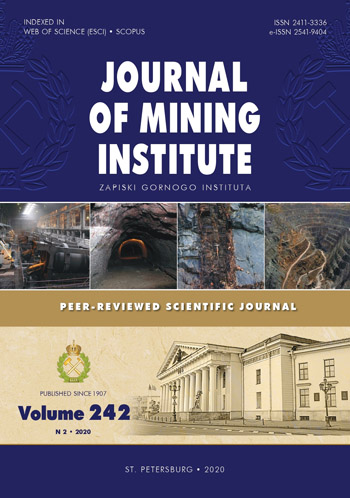Chemical heterogeneity as a factor of improving the strength of steels manufactured by selective laser melting technology
- 1 — Assistant Lectrurer Saint Petersburg State Marine Technical University
- 2 — Ph.D. Associate Professor Saint Petersburg State Marine Technical University
- 3 — Engineer Central Research Institute of Structural Materials “Prometey” named by I.V.Gorynin of National Research Center “Kurchatov Institute”
Abstract
The aim of this paper was to establish the causes of the heterogeneity of the chemical composition of the metal obtained by the LC technology. The powdered raw material was made from a monolithic alloy, which was fused by the SLM, the initial raw material was a laboratory melting metal of a low-carbon chromium-manganese-nickel composition based on iron. To determine the distribution pattern of alloying chemical elements in the resulting powder, electron-microscopic images of thin sections were combined with X-ray analysis data on the cross-sections of the powder particles. As a result, it was found that transition (Mn, Ni) and heavy (Mo) metals are uniformly distributed over the powder particle cross-sections, and the mass fraction of silicon (Si) is uneven: in the center of the particles, it is several times larger in some cases. The revealed feature in the distribution of silicon is supposedly due to the formation of various forms of SiO4 upon the cooling of the formed particles. The internal structure of the manufactured powder is represented by the martensitic structure of stack morphology. After laser fusion, etched thin sections revealed traces of segregation heterogeneity in the form of a grid with cells of ~ 200 μm.
